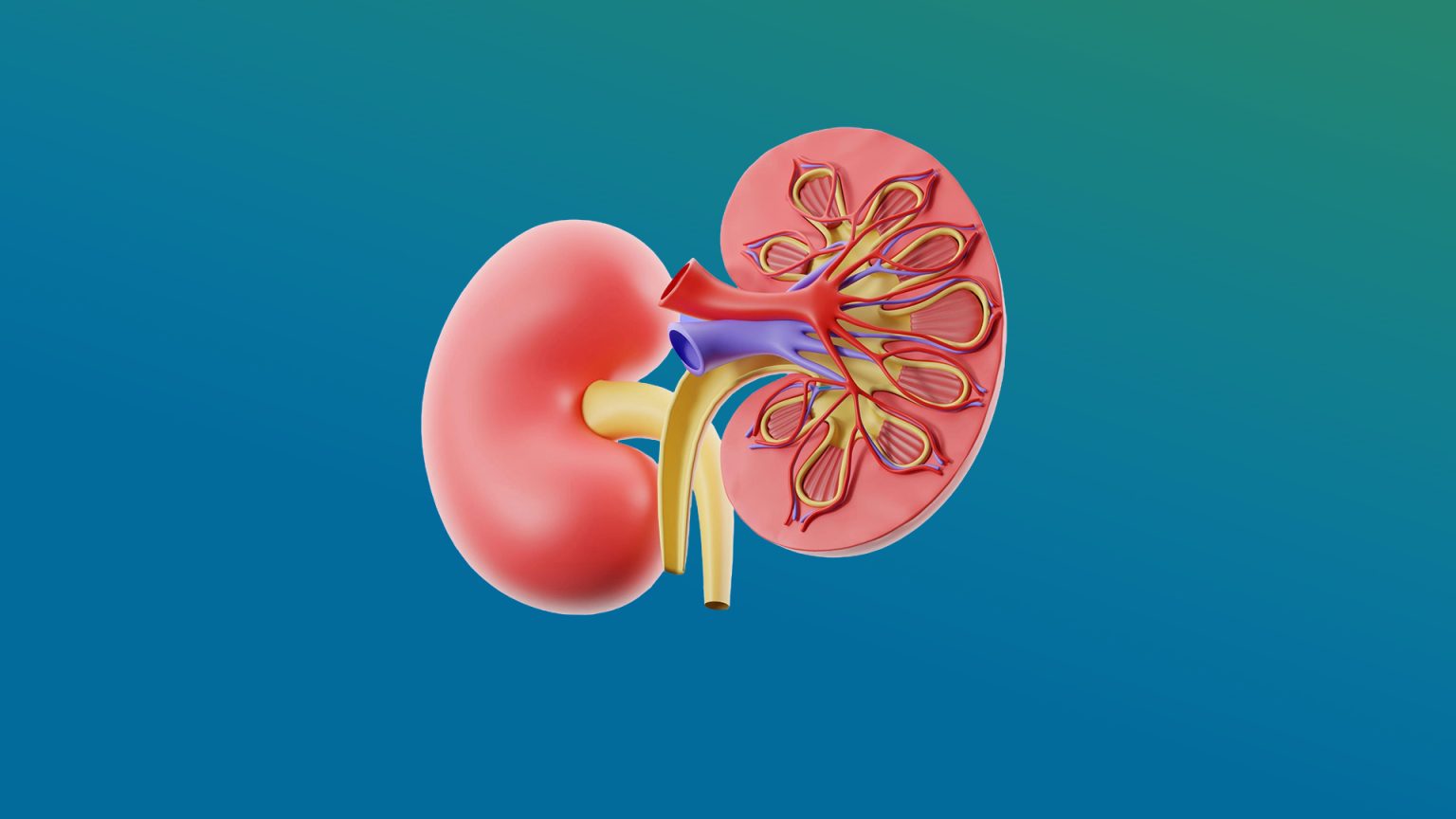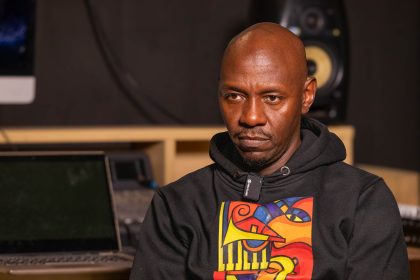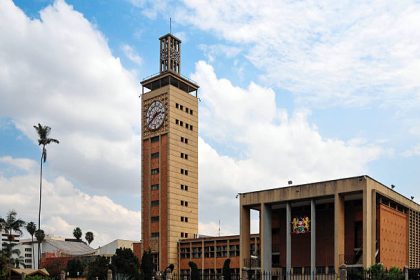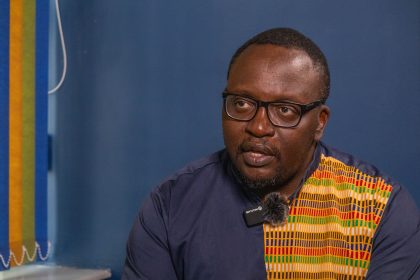Dialysis 101: The Process, The Patients & Science
Ever wondered how dialysis works? This life-saving treatment helps thousands of Kenyans with kidney failure. From the first session to the complex filtration process, we break it down for you—step by step.
Haemodialysis is a treatment that filters blood to remove waste and excess fluid from a person’s body when the kidneys aren’t working properly. It is a way to treat advanced kidney failure.
Every day, more than 100 dialysis centres across Kenya offer treatment to more than 5,000 people with chronic kidney failure (CKF).
Patients undergoing dialysis have different access points on their bodies, as these make it easier to access the bloodstream. There are those with catheters and those with arteriovenous (AV) fistulas. These are connected to the dialysis machine.
The machine draws blood from the patient’s body through an artery, filters it through a dialyzer, which is an artificial kidney that moves waste into a dialysis solution. This cleansing liquid contains water, salt and other additives. The cleaned blood is then returned to the patient’s body through a different needle in a vein in the access point.
The dialysis machine also monitors the patient’s blood pressure to adjust how fast blood flows in and out of the body. This process may be done two to three times a week depending on the severity of kidney failure.
Factors that can increase the risk of chronic kidney disease include high blood pressure, diabetes, cardiovascular disease, obesity, family history and the use of certain medications.
Statistics from the Kenya Renal Association estimate that four million Kenyans are suffering from kidney disease. By the year 2030, the number is expected to rise to 4.8 million.





















